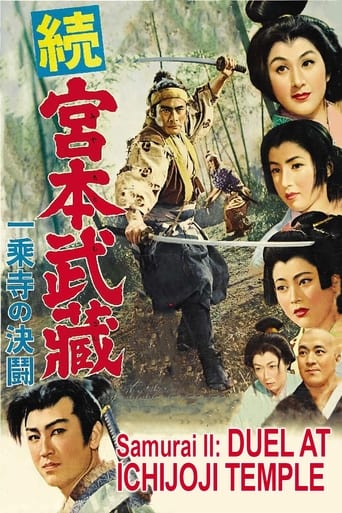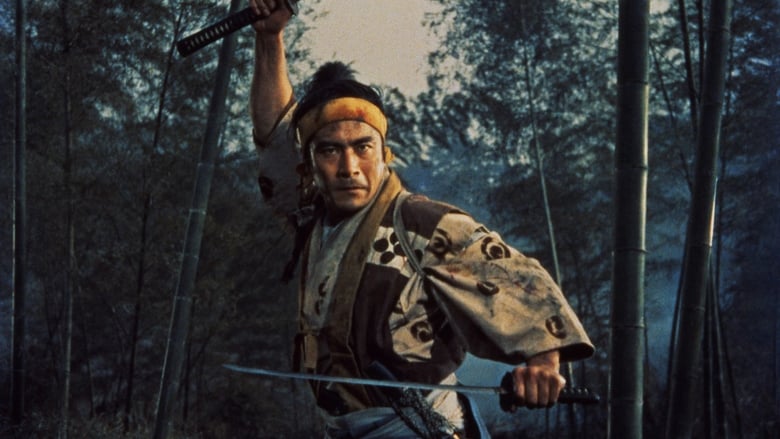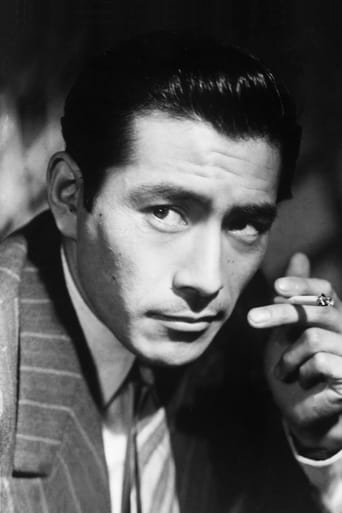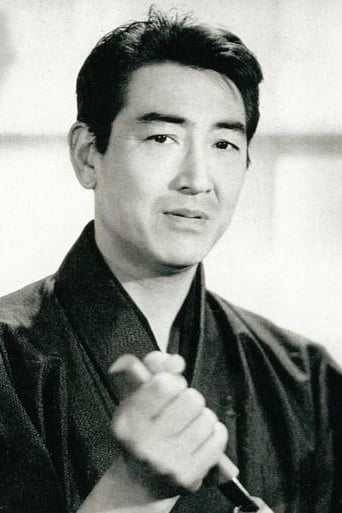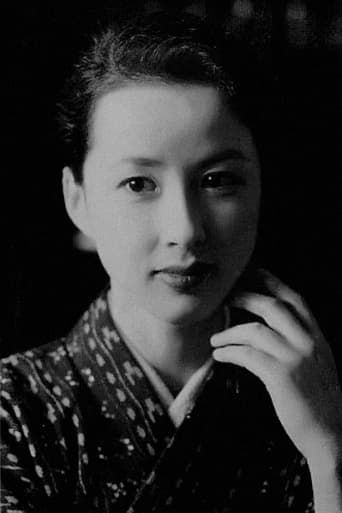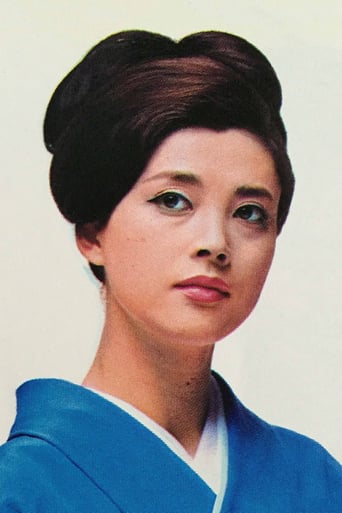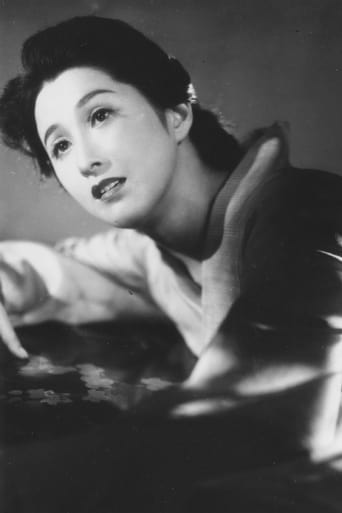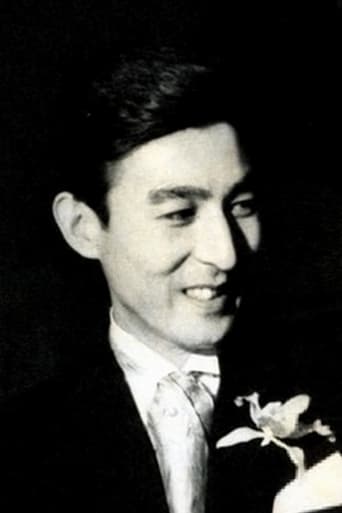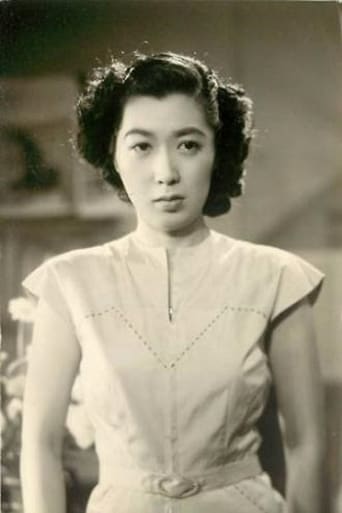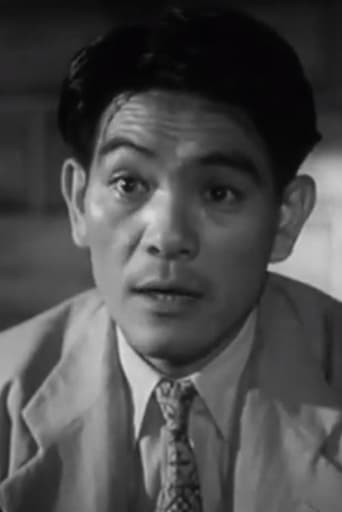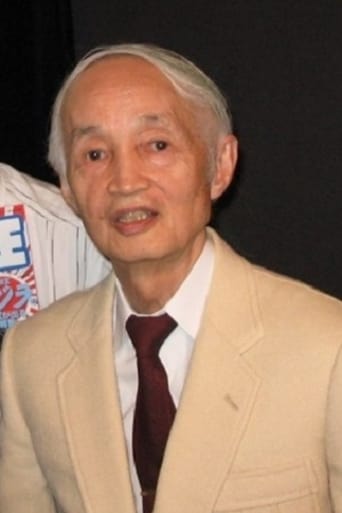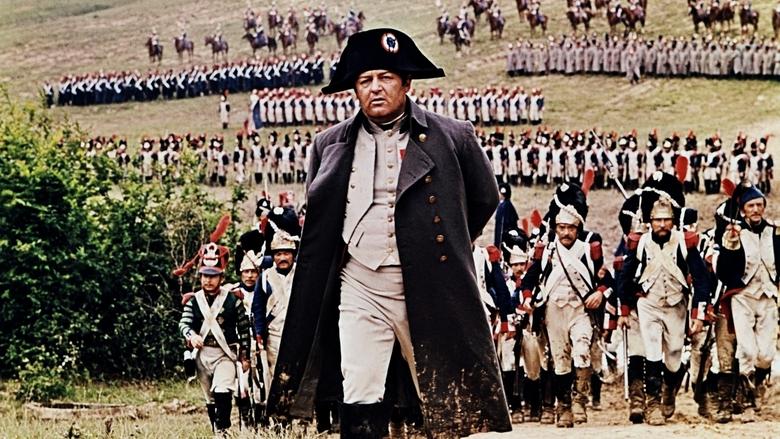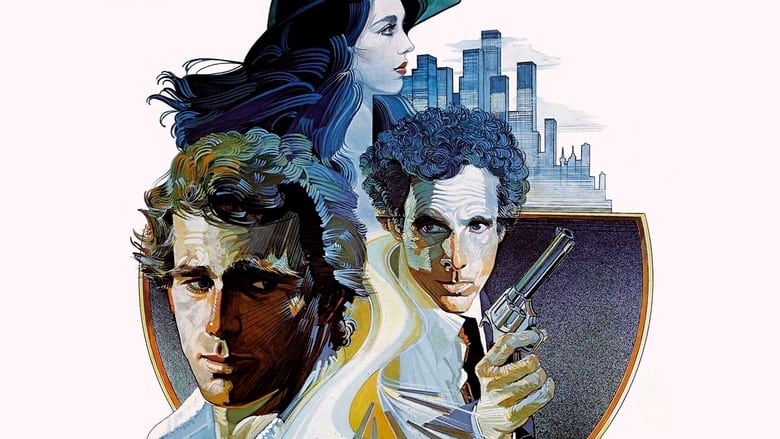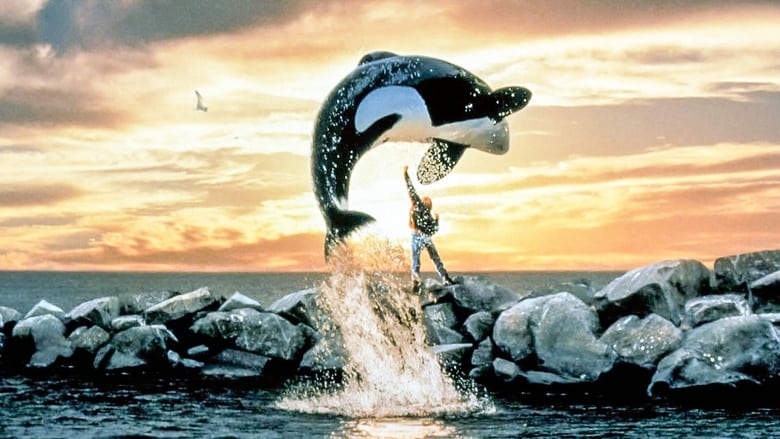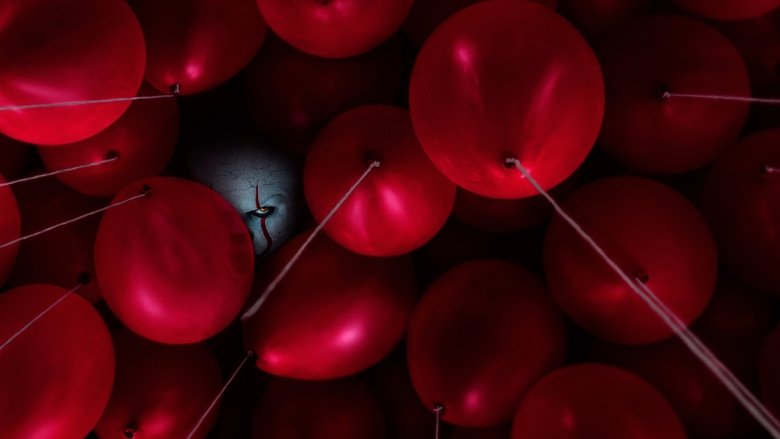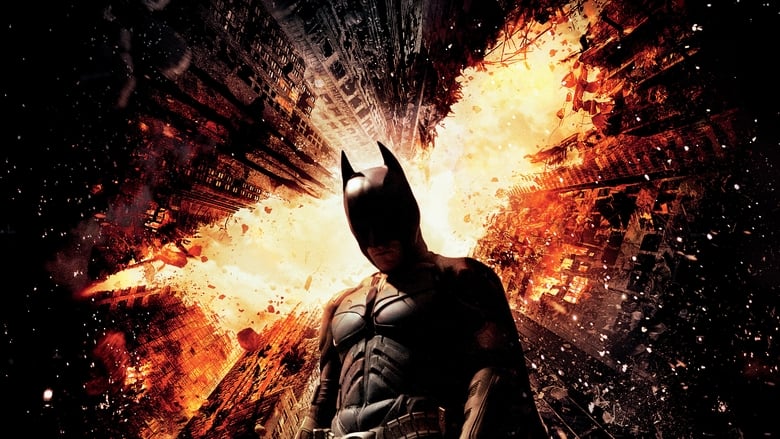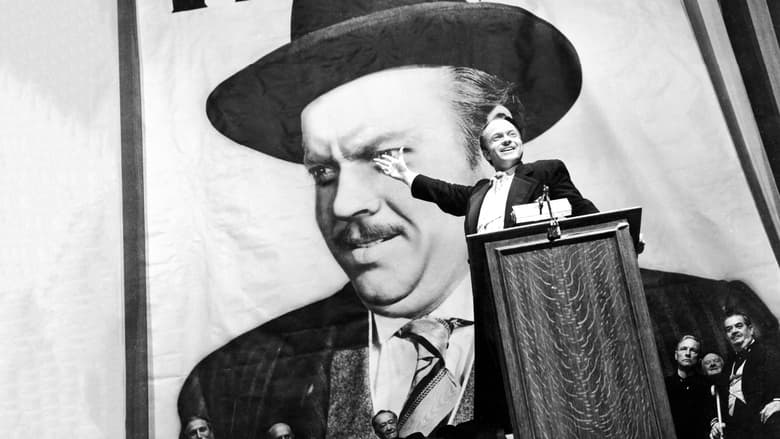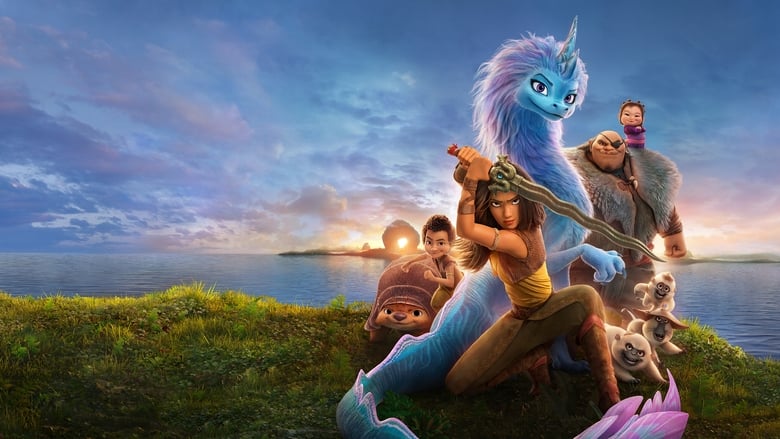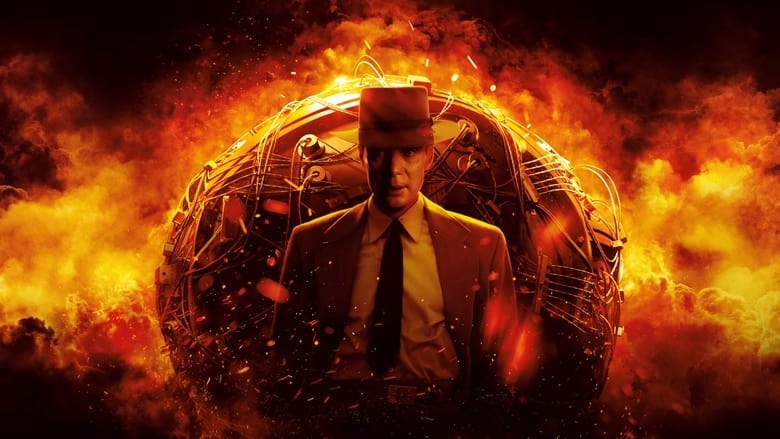After years on the road establishing his reputation as Japan's greatest fencer, Takezo returns to Kyoto. Otsu waits for him, yet he has come not for her but to challenge the leader of the region's finest school of fencing. To prove his valor and skill, he walks deliberately into ambushes set up by the school's followers. While Otsu waits, Akemi also seeks him, expressing her desires directly. Meanwhile, Takezo is observed by Sasaki Kojiro, a brilliant young fighter, confident he can dethrone Takezo. After leaving Kyoto in triumph, Takezo declares his love for Otsu, but in a way that dishonors her and shames him. Once again, he leaves alone.


Similar titles

Reviews
The follow-up to 1954's excellent Musashi Miyamoto, Duel at Ichijoji Temple picks up the story several years later, as an exiled orphan-turned-swordsman gains notoriety via a bloody tour of fatal duels. His reputation precedes him in returning to his hometown, where old rivals of both a violent and intimate nature await. This is a film about personal growth - specifically that of the samurai himself, who struggles to learn the key concepts of what his new life actually entails and where the rift lies between honor and reverence. We're never quite sure if Musashi takes this lesson to heart, particularly since he's so keen to maintain an impenetrable outer facade in almost every situation. It's a tricky role for period veteran Toshiro Mifune, who struggles with the more nuanced, flatter aspects of the character. In the previous episode, with the fires of young-adulthood to toy with, he excelled. Here, faced with the malaise of mid-life and the accompanying questions of his own being, his performance is far less sublime. The plot, cramped with too many faces and several seemingly-pointless subplots, does him no favors in dancing around the issues and repeating itself on more than one occasion. This could have been an excellent one-act show, and the final half-hour could still stand alone as precisely that. It lacks the gumption of its predecessor, however, and too often cuts away just as the action is getting good.
Being the middle film of a trilogy, Duel at Ichijoji Temple thankfully came with a lot more battle sequences than the first film, and had more finesse in its swordplay since our legendary heroic character Takezo (Toshiro Mifune) is now a skilled swordsman, but yet to put into practice many aspects of Bushido, and often criticized in the manner in which he finishes off his opponents because of his innate brute strength and force.But I guess when you're top dog, criticism comes part and parcel, and in his warrior pilgrimage in discovery of skill and self, we see how he further develops, though at time I felt that the story utilized a cheat sheet just like the first film, where priest Takuan (Kuroemon Onoe) locked him in a castle with plenty of books. Here, while Takezo is in hiding, he spends plenty of time indoors under the patronage of Lady Yoshino (Michiyo Kogure), a courtesan who would inculcate some compassion into the gruff man's life - while he looks refined on the outside, his ambition and reputation continue to earn him no favours, especially since he had issued a challenge to the Yoshioka School.As a middle film, it expanded the mythology, and further developed the characters who made teasing appearances in the first one. For instance, the young man who was smitten by Akemi (Mariko Okada) turns out to be none other than the leader of the Yoshioka School, Seijuro Yoshioka (Akihiro Hirata), who in a fit of envy began to violate Akemi, taking his ineptness onto a helpless girl. Such are incidents that make the character a little revolting, and the members of his school showcased to be nothing more than mere bullies to the townsfolk, as well as constantly sucking up to Seijuro by shielding his incompetence from the real world.The villains in this installment turn out to be more formidable than the thugs and brigands that Takezo had to deal with earlier. In fact, the first duel was a battle with an opponent using a chain-and-sickle, in compensation for the lack of a swordfight as a climax in the first film. Unfortunately I found this to be mildly exciting, as the full screen presentation only allowed for that fatal blow to be delivered off screen. The middle duel with Denshichiro Yoshioka was also somewhat of a let down given the buildup, because it only allowed a brief clashing of the weapons, before director Hiroshi Inagaki decided to cut away to a song! It felt like a little short-change, though the result of the match was made known indirectly later.And the expansion of the characters here only made the story richer. Familiar faces like Takezo's lover Otsu (Kaoru Tachigusa) returns to pine a lot more for him after 3 years of waiting, while her ex-fiancé Matahachi (Sachio Sakai) degenerates worse in character, into a good for nothing liar and a cheat, married to Akemi's scheming mom Oko (Mitsuko Mito). We also get introduced to sword polisher Hanomi (Ko Mihashi) who's supposed to play an influential role in swaying Takezo's mindset, though the narrative here didn't allow too much of that on screen, deflecting it towards Lady Yoshino, for yet another romantic entanglement, where the female characters are all weak in their knees in Takezo's manly presence.But the most important character introduced in the film would be Kojiro Sasaki (Koji Tsuruta), the eventual nemesis of Takezo's, but you've got to wait until the next film to see them do battle. Here, Kojiro's like the predator, slowly studying and stalking his prey. We know little of his background, apart from his certification of swordsmanship, and his cool, collected demeanour as opposed to Takezo's brash emotions, so that already sets him up to be mile apart as a strong adversary in time to come. So far he has played things in quite a gentlemanly way, refusing to take cheap shortcuts, patiently and probably egoistically waiting for Takezo to attain more skills, before bringing down a powerful opponent.Again the technical aspects of this DVD presentation left much to be desired, especially in the night or dawn battle scenes. It's not digitally remastered, so these scenes become really dark and marred the enjoyment of many outdoor fights, especially the titular one where Takezo goes up against 80 opponents, and learns for a start that evading battle may not be so bad an option, especially when one is severely outnumbered due to a sickening, dishonourable scheme to turn tables. I would have wished for a better presentation so that it would not detract your attention to pops and cackles, or unintentional hues to come and stain the picture quality.Duel at Ichijoji Temple ended just like how it began, with Takezo continuing his journey to seek bushido-enlightenment. It wrapped up some of the life journeys and lessons learnt by the protagonist in this episode, and sets it all up for the climax to be in the last installment of the trilogy.
"Duel at Ichijoji Temple" is one of the greatest samurai films I have seen. It is the second part of the trilogy about Japan's most famous and arguably greatest swordsman Miyamoto Musashi, author of the book "Five rings". Mifune is again superb as the lone wolf hero who is torn between his love to the orphan girl Otsu and his own samurai call. Koji Tsuruta was unknown to me before this and was a pleasant surprise as the charming, ambitious and cunning Kojiro Sasaki, who later becomes Musashi's principal rival. Daisuke Kato, one of the Seven Samurai, makes a fun appearance as one of the most loathsome characters in the movie and the trilogy.The actresses playing Akemi and Otsu were quite impressive as well.Hiroshi Inagaki was a highly capable director and proves that clearly here. His attempt to cross swordfighting action with melodrama works very well. The photography is excellent and is one of the real treats of this movie. The scenery was even more spectacular in the third film, but here it doesn't disappoint either. The ending might disappoint those waiting for a happy end and to see Musashi and Otsu get together at last. It is a bit of a letdown, but it also makes you more eager to see the third and final part. There is nothing to criticize here, those who do are missing the point and shouldn't have seen the film in the first place.10/10
I've watched the entire trilogy of the Musashi Miyamoto films, of which this film is the second part. The first film, titled simply "Musashi Miyamoto," introduces us to the characters of this and the third film. Without having seen the first film and developing some interest in the welfare of the characters, I certainly wouldn't have sat through the second and third films."Duel at Ichijoji Temple," this film, deals with Musashi's exploits as a sort of samurai knight-errant, seeking glory in a very ambiguous and roundabout way. Two women are trailing after him, as Kurosawa films would say, "like goldfish dung." Musashi himself is a flat character on whom Toshiro Mifune's acting skills are wasted. He displays very little emotion or intellect, despite his supposed interest in one of the women and enlightening education by his monk teacher (as we saw in the first film). If Musashi is flat, the female characters are steamrolled. Their hand wringing, collapsing, and sobbing is typical of American movies of this time period and grows tedious in a samurai film. Having seen other films from this time period set in the days of samurai, I've seen that much more can be done with female characters. The plot was likewise predictable and slow-moving.If you don't care about characters or plot, the high points of the movie may compensate: beautiful color landscapes and Toshiro Mifune's thrilling fight scenes. Otherwise, I recommend films by Kurosawa or Mizoguchi ("Sanjuro," the mysterious "Ugetsu") over this trilogy. 5/10
